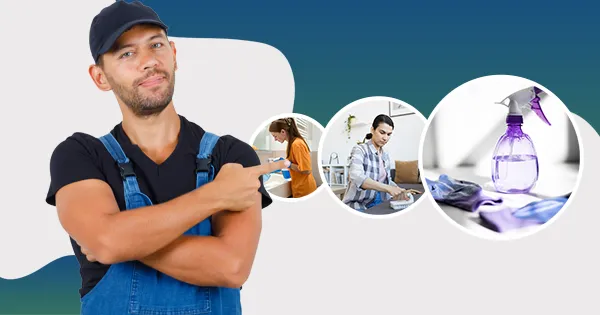The Ultimate Guide to Facility Safety Inspections: Protecting Your Workplace from Hidden Hazards
Facility safety inspections are essential for identifying and mitigating hazards that could lead to injuries, health issues, or operational disruptions. These inspections play a crucial role in maintaining a safe and compliant workplace environment.
Why Facility Safety Inspections Matter
Regular inspections help organisations comply with health and safety regulations, reduce accident risks, and ensure employees feel secure in their work environment. They also help businesses avoid potential legal consequences and financial losses related to workplace incidents.
Key Elements of a Facility Safety Inspection
To conduct a thorough safety inspection, it’s important to evaluate several core areas:
- Structural Integrity: Assess walls, ceilings, floors, and stairways for any signs of wear, damage, or instability.
- Fire Safety: Check fire extinguishers, smoke detectors, emergency exits, and sprinkler systems.
- Electrical Systems: Inspect wiring, outlets, and circuit breakers to identify potential fire hazards.
- HVAC and Ventilation: Ensure proper ventilation and that heating and cooling systems are functioning efficiently.
- Lighting: Make sure workspaces, emergency exits, and corridors are well-lit.
Addressing Common Hazards
Inspections often uncover common safety hazards such as wet floors, obstructed exits, poor lighting, and faulty equipment. Swiftly addressing these issues is critical to workplace safety and employee well-being. Sometimes, it also requires external support for comprehensive solutions.
The Role of Deep Cleaning in Safety
A clean environment not only looks professional but also minimises health risks, especially in high-touch or high-traffic areas. Deep cleaning services can play a crucial role in eliminating germs, allergens, and contaminants that standard cleaning might miss. Integrating deep cleaning into your safety strategy ensures both hygiene and compliance.
Maintenance and Preventive Action
Routine maintenance is as important as inspections themselves. Scheduling regular checks of your building’s systems helps reduce emergency repairs and prolong equipment life. Many businesses rely on building maintenance services to ensure that structural and mechanical systems remain in optimal condition throughout the year.
Training and Employee Involvement
Employees should be educated on potential hazards and the importance of reporting issues promptly. Creating a culture of safety encourages staff to take ownership of workplace well-being and improves response to emergencies.
Documentation and Continuous Improvement
Always document inspection findings, corrective actions taken, and scheduled follow-ups. This helps identify recurring problems and supports a continuous improvement model. Proper records are also useful during audits or insurance reviews.
Conclusion
Safety inspections are more than just routine checks—they are proactive measures that protect your people, assets, and operations. By partnering with professional services for cleaning and maintenance, and ensuring your team is trained and involved, you can create a safe and efficient workplace that thrives.







